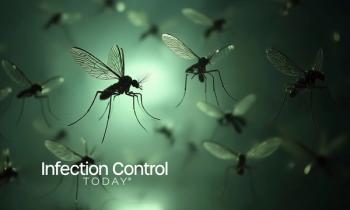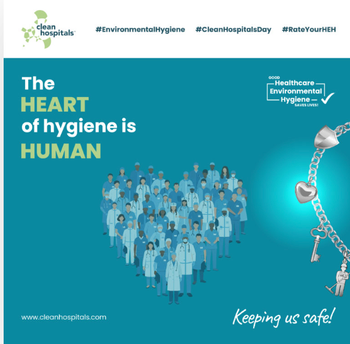
Ebola Virus May Have Been Present in West Africa Long Before 2014 Outbreak
It is not known what triggered the transmission of Ebola virus from its natural host to humans and the rapid human-to-human spread of the deadly virus throughout Western Africa last year. However, analysis of the blood of patients in Sierra Leone suspected of having Lassa fever, a severe viral illness, between 2011-2014, showed prior exposure to Ebola virus, suggesting that Ebola was present in the area well before the recent outbreak, as reported in Viral Immunology, a peer-reviewed journal from Mary Ann Liebert, Inc., publishers. The article is available free on the
Matthew Boisen of Corgenix Medical Corporation, Inc. and a team of authors representing the Viral Hemorrhagic Fever Consortium, found that 22 percent of patients seen at Kenema Government Hospital in Eastern Sierra Leone for severe viral hemorrhagic fever (VHF) who tested negative for Lassa fever had antibodies in their blood against Ebola virus, evidence of prior exposure to the infectious agent. The authors present their findings in the article titled "Multiple Circulating Infections Can Mimic the Early Stages of Viral Hemorrhagic Fevers and Possible Human Exposure to Filoviruses in Sierra Leone Prior to the 2014 Outbreak."
"This is a fascinating observation that will cause us to rethink the dynamics of Ebola virus infections," says David L. Woodland, PhD, editor-in chief of Viral Immunology and Chief Scientific officer for Keystone Symposia on Molecular and Cellular Biology. "A better understanding of the relationship between the virus and its natural and human hosts may help prevent future outbreaks of this dreadful disease."
Source: Mary Ann Liebert, Inc./Genetic Engineering News
Newsletter
Stay prepared and protected with Infection Control Today's newsletter, delivering essential updates, best practices, and expert insights for infection preventionists.





